The American DePIN Revolution: Infrastructure Plays Disrupting Big Tech
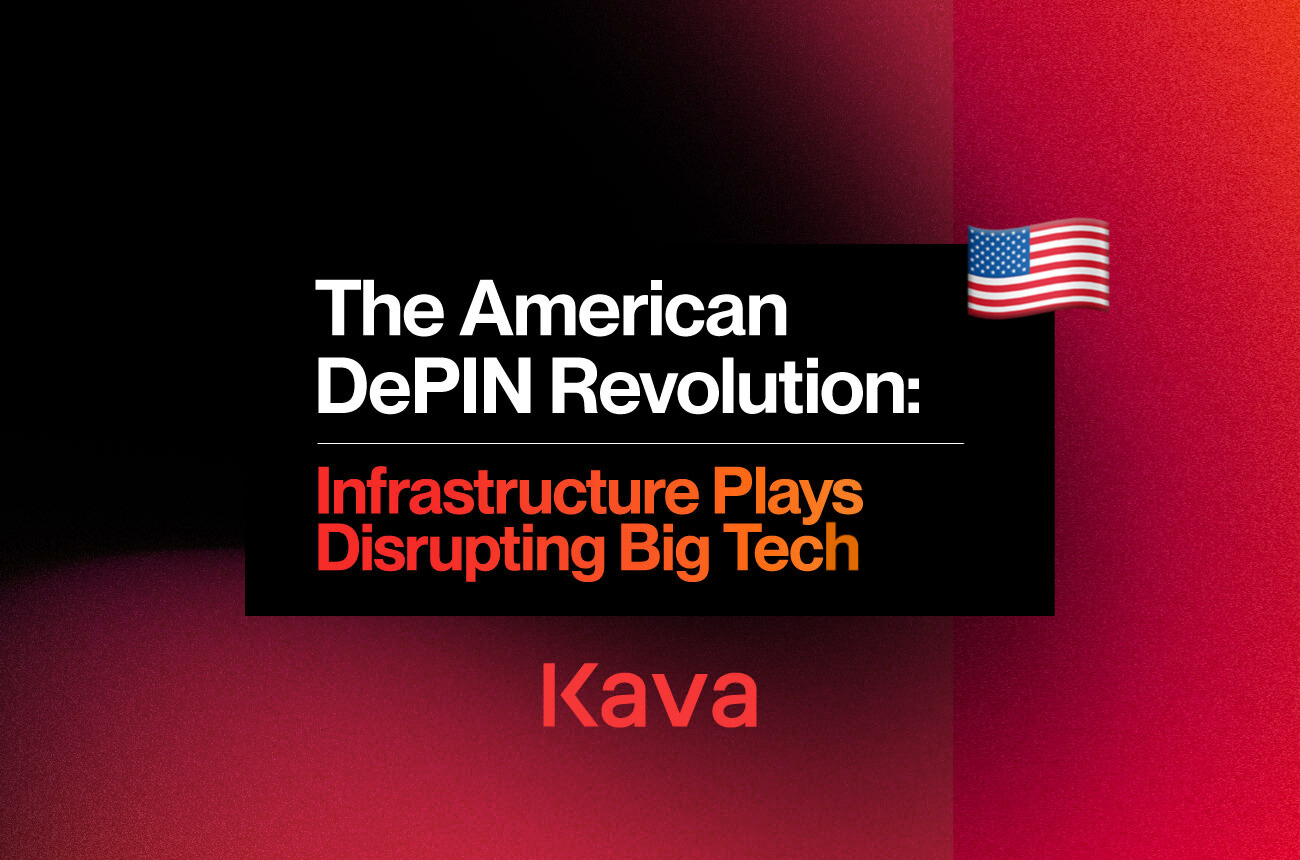
Interest in pro-crypto regulation has surged in popularity among U.S.-based policymakers in 2025. The signing of the GENIUS Act has established the modern blueprint for stablecoin regulation. Meanwhile, the passage of the CLARITY Act in the House of Representatives promises clarification of government oversight between the CFTC and SEC. Both pieces of legislation are helping create a renewed, fertile environment for American-based crypto entrepreneurs to operate.
One of the driving narratives of this new American pro-crypto environment is the establishment of a robust DePIN infrastructure. This homegrown infrastructure upgrade represents an interesting dynamic, as decentralized technology begins to challenge the centralized telecommunications and cloud architecture of Big Tech corporations that have buoyed the U.S. economy for the past two decades.
To examine this emerging shift, we will first explore the current state of the American tech giants that have dominated this space. Then, we will briefly review our work on AI-enhanced DePIN networks before looking at three case studies on how American DePIN is disrupting cloud monopolies, wireless telecommunications, and traditional financial methods. We will also examine the role Kava plays in integrating RWAs with these American-made DePIN networks, before concluding with a preview of where this may lead.
Reclaiming American Digital Sovereignty
Previously trumpeted as disrupters of the modern economy, traditional cloud computing and telecommunications tech monopolies — such as Amazon Web Services (AWS), Google Cloud, and Microsoft Azure — now account for over 67% of the global cloud computing market. Ironically, these incredibly successful companies now represent the very centralization that previously stifled American innovation and competition when they were founded.
The landscape of cloud computing infrastructure proved especially effective during the Web2 era of shared information. The technology enabled these tech giants to aggregate information into centralized cloud storage centers while developing all-in-one platforms to monetize.
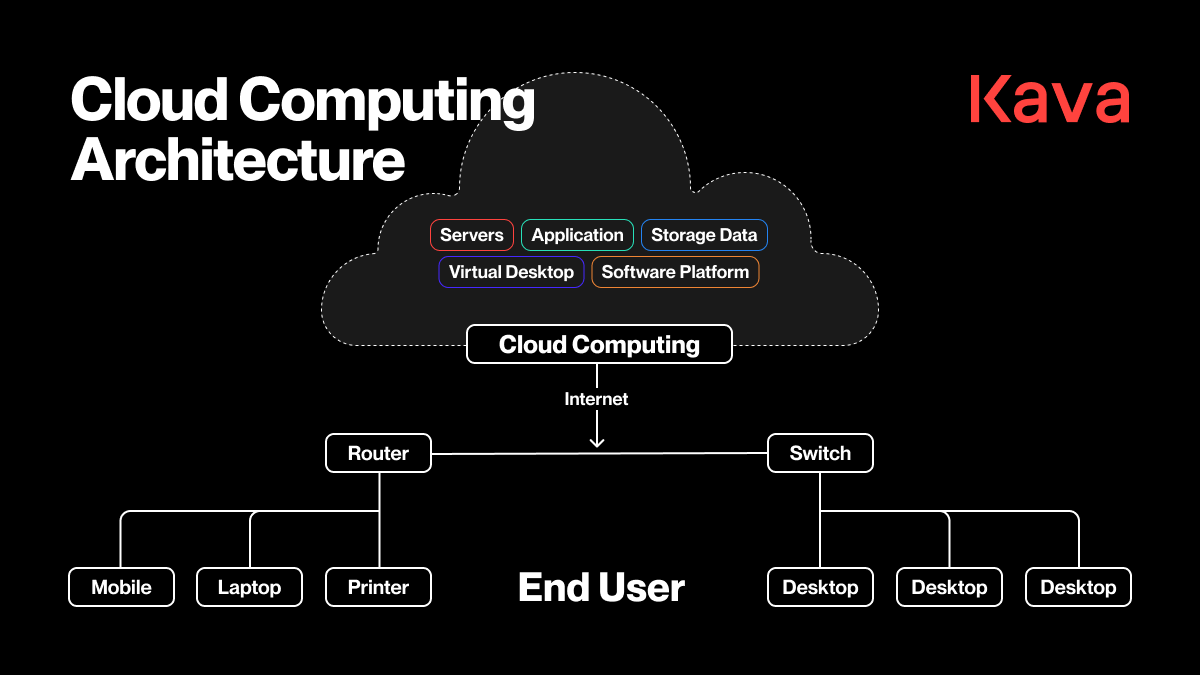
The Renaissance of American DePIN projects has resonated with policymakers who have been looking to rein in the power of Big Tech. Putting aside political rhetoric, DePIN networks have objective benefits for American citizens and U.S.-based businesses. They allow anyone to own and operate infrastructure while earning rewards for their shared participation, resulting in up to an 80% reduction in costs compared to legacy providers.
Decentralized edge computing is also uniquely positioned to leverage the advancements in AI and IoT technologies. Not only can companies developing in these spaces tap into the savings from a decentralized, open marketplace, but the technology itself can execute more efficiently. Decentralization also saves on power and reduces latency, which is essential in critical dynamic response times, such as emergency shut-offs and fully self-driving vehicles.
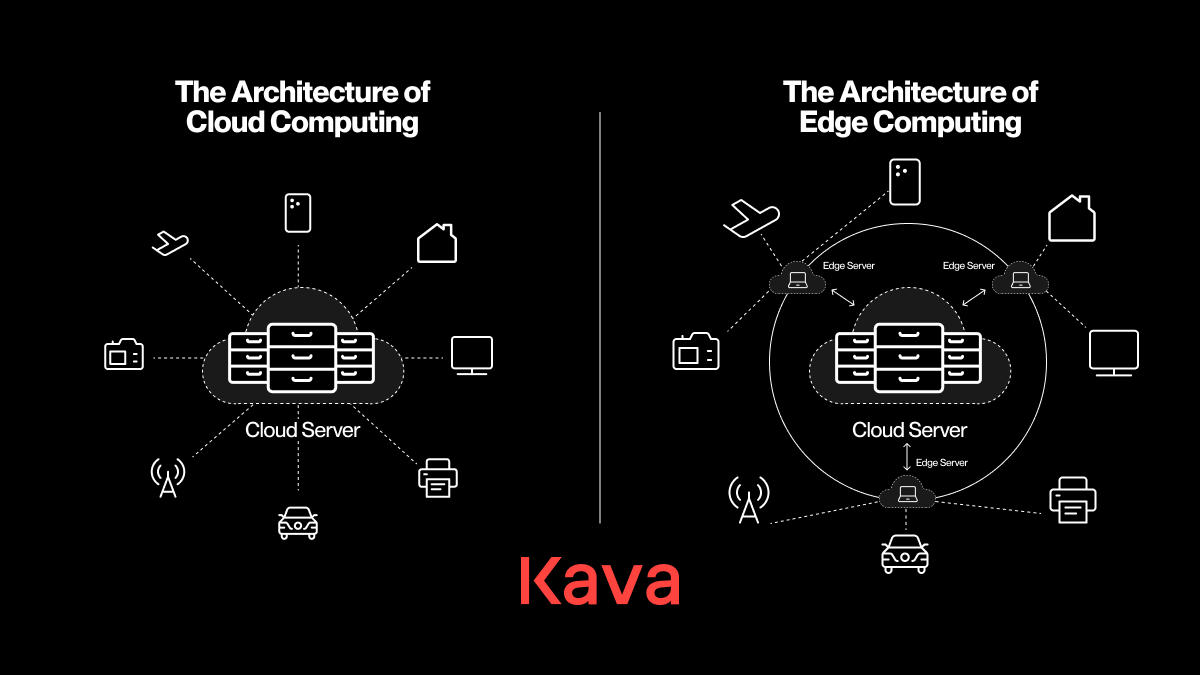
Akash Network: Disrupting Cloud Monopolies
The Akash Network is a San Francisco-based project that has positioned itself as America's homegrown challenger to AWS's global dominance. The network offers a strategic alternative to centralized providers during a period when nations are competing for supremacy in AI. The network establishes a marketplace for open bids to sell or purchase unused compute on American-based decentralized infrastructure. It’s 147% year-to-date growth in GPU capacity demonstrates the appeal to developers seeking to tap into critical domestic computing resources.
One of the most notable initiatives from the Akash Network that best represents the American DePIN revolution is their “Akash at Home” program. This program is designed for domestic use and helps American homeowners set up small-scale AI compute clusters powered by rooftop solar panels. Rather than concentrating compute power in the hands of a few extremely large centralized data centers, the Akash at Home initiative allows anyone to turn their home into a potential data center with nothing more than a 35-kilowatt data center fitting. It creates new income opportunities for homeowners and bolsteres the overall strength of the Akash Network, providing more security for user data.
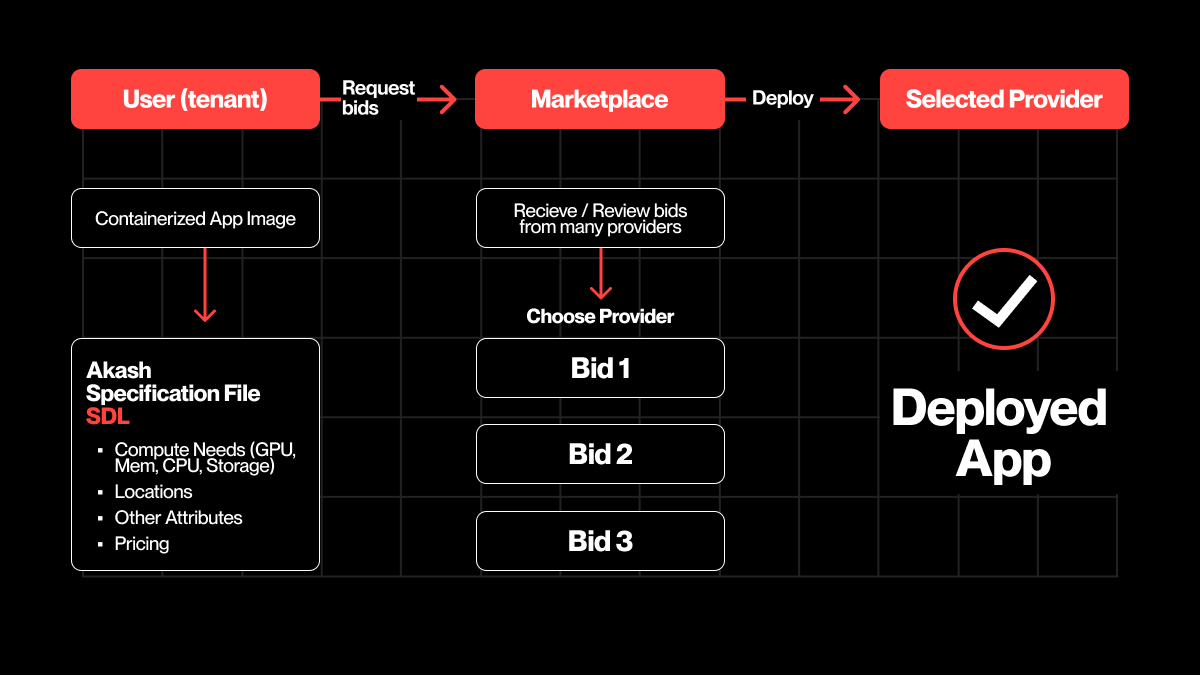
Helium Network: Establishing Wireless Independence
The Helium Network is an American-founded DePIN project that is establishing a parallel wireless infrastructure and represents the most successful challenge to the telecommunications monopolies of the last 150 years. The network is providing a critical and strategic alternative layer to American infrastructure as the world moves to a more IoT-enhanced economy. Rather than relying on centralized or foreign providers for 5G coverage, the Helium Network is establishing a robust distributed network for wireless and cellular providers throughout the U.S.
The Helium Network brings technological innovation to an industry that had become stagnant, heavily centralized, and exploited. Following an April 2025 Helium regulatory ruling against the SEC, the DePIN industry now has precedent for continued expansion as Helium has cleared a path for continued rollout within the U.S. The technology essentially works by allowing anyone the ability to deploy a localized hotspot that rewards the user for sharing their network and connecting to the larger national infrastructure.
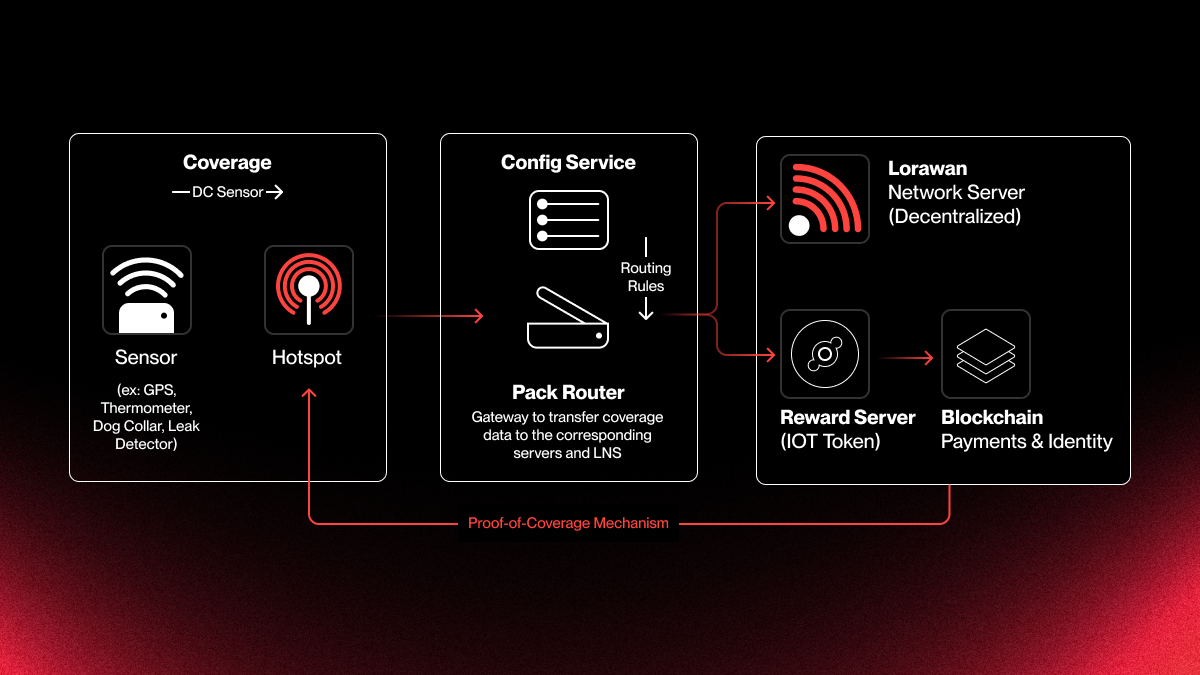
Zebec Protocol: Modernizing American Financial Infrastructure
Zebec Protocol is a payroll management and financial rails solution that is challenging traditional American financial institutions with real-time settlement and dynamic payroll streaming. Zebec was founded in San Francisco, is run on the Solana blockchain, and is leading the U.S. in modernizing its employee compensation and enterprise-grade financial applications, critical for maintaining American competitiveness in the global markets.
Zebec’s crypto-to-fiat bridge applications, like its Zebec Cards, are creating a seamless onboarding and integration experience for non-crypto users while maintaining processing and value creation within the U.S. The protocol is also embracing AI technology for route efficiency maximization and risk analysis. Zebec Protocol is driving payment innovation through real-time settlement and payroll streaming, while challenging legacy banking infrastructure and keeping the future of financial technology development centered in the U.S.
Kava: Integrating American RWA and Domestic DePIN Infrastructure
American-based DeFi platforms are extremely well-positioned to accelerate the advancement of this renewed focus on DePIN infrastructure through real-world asset (RWA) integration. Kava's exploration of AI-enhanced RWA tokenization addresses critical challenges in bringing traditional American assets on-chain, including the creation of Special Purpose Vehicles (SPVs) that provide legal frameworks compatible with American regulatory requirements. The convergence of DePIN and Kava’s multi-chain architecture can serve as a direct link, allowing for traditional American assets to be leveraged across the emerging American-based DePIN network.
The Future of America’s DePIN Infrastructure Stack
American DePIN represents more than the next technological wave of infrastructure. It is the restoration of digital ownership, rewarding participation over extraction while also enabling domestic control over critical rails and systems that will be essential for sustained American technological innovation in the age of AI.
